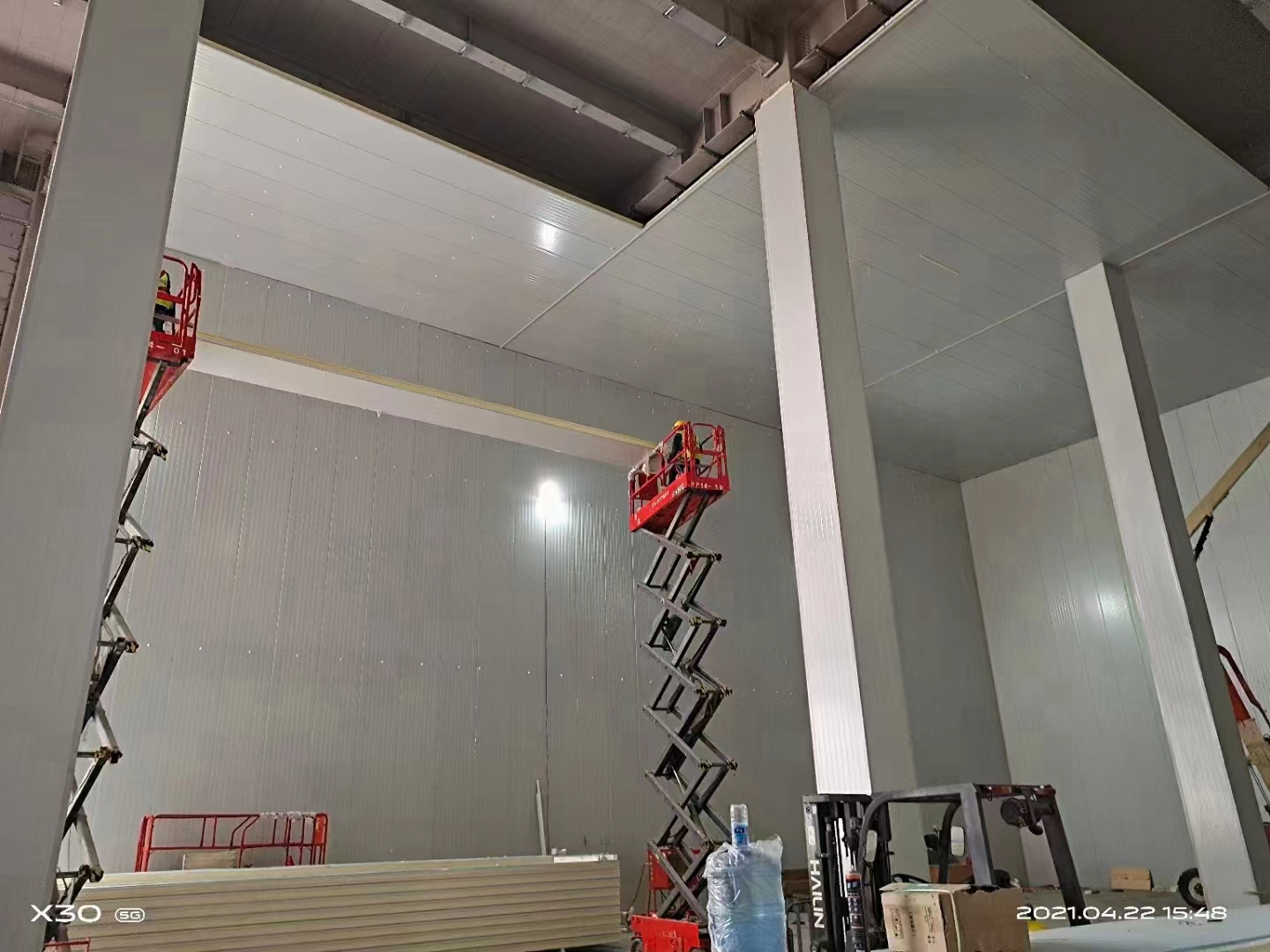OEM Water-Cooled Chiller System | High Efficiency Cooling Solutions
Understanding OEM Water-Cooled Chiller Systems
In the world of industrial and commercial refrigeration, the temperature control of environments is critical. One of the most effective systems for maintaining optimal temperatures is the OEM (Original Equipment Manufacturer) water-cooled chiller system. These systems are designed to provide reliable cooling through a combination of innovative technology and engineering excellence.
At its core, a water-cooled chiller system operates by removing heat from a liquid via a vapor-compression or absorption refrigeration cycle. In comparison to air-cooled systems, water-cooled chillers are generally more energy-efficient, making them a preferred choice for many large-scale applications such as manufacturing plants, data centers, and commercial buildings.
The fundamental components of a water-cooled chiller include the evaporator, compressor, condenser, and expansion valve. The process begins in the evaporator, where the chilled water absorbs heat from the building or equipment being cooled. This heat absorption causes the refrigerant within the evaporator to evaporate into a low-pressure gas. The compressor then compresses this gas, raising its pressure and temperature before it moves to the condenser.
In the condenser, the refrigerant gas releases the absorbed heat into a cooling water source, which usually circulates through a cooling tower. As the refrigerant loses heat, it condenses back into a liquid state and flows towards the expansion valve, where it undergoes a pressure drop before re-entering the evaporator. This continuous cycle ensures efficient temperature control throughout the facility.
oem water cooled chiller system

OEM water-cooled chillers are particularly advantageous due to their customization capabilities. As the name suggests, these systems are often tailored by manufacturers to meet specific client requirements. This ensures that each unit is not only optimized for energy efficiency but also designed to fit seamlessly into the existing infrastructure of the facility. Customization can include variations in size, cooling capacity, and control systems that align with the specific needs of the application.
Moreover, modern OEM water-cooled chillers are equipped with advanced control systems that increase operational efficiency and facilitate remote monitoring. This allows facility managers to monitor performance, optimize energy consumption, and promptly address any potential issues. Such technology is invaluable for businesses looking to minimize downtime and maintain productivity.
In addition to energy efficiency and customization, water-cooled chillers are known for their durability and longevity
. High-quality components and rigorous manufacturing standards ensure that these systems can withstand the rigors of continuous operation, even in the toughest environments.However, it is essential to consider that water-cooled chillers require a reliable water source and regular maintenance to ensure optimal performance. Proper coolant treatment and routine checks on the system can prolong its lifespan and maintain efficiency.
In conclusion, OEM water-cooled chiller systems serve as a backbone for effective temperature management in various industrial applications. Their efficiency, customization options, and advanced technology make them indispensable for businesses aiming to improve operational performance while minimizing energy consumption. As industries continue to prioritize sustainability, water-cooled chiller systems will undoubtedly play a crucial role in achieving those goals.
















































































































